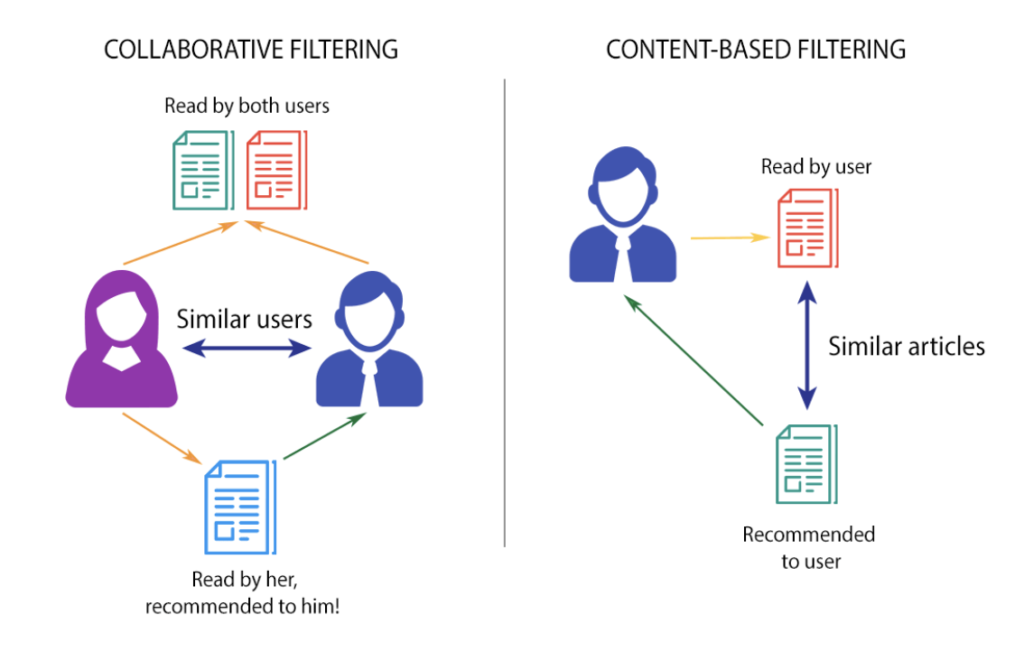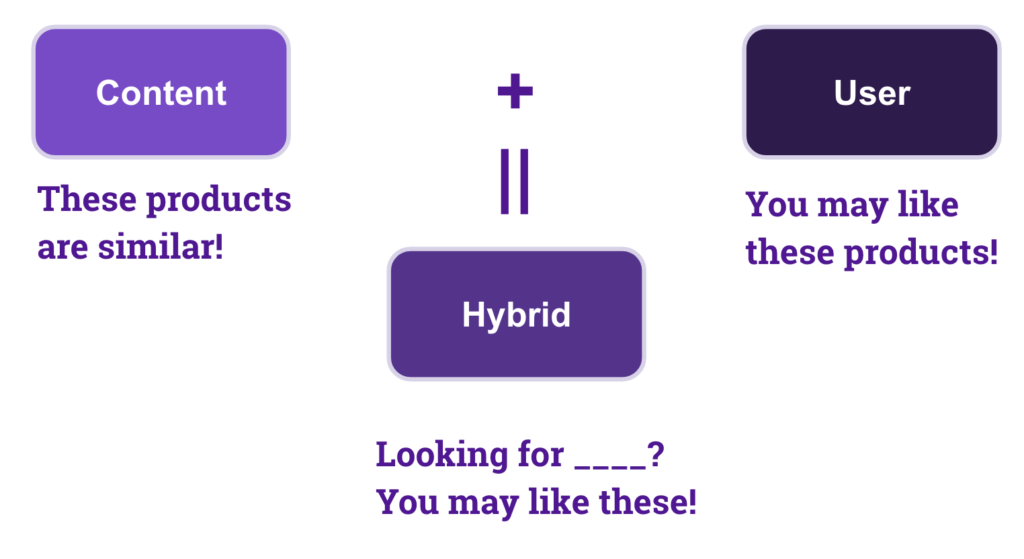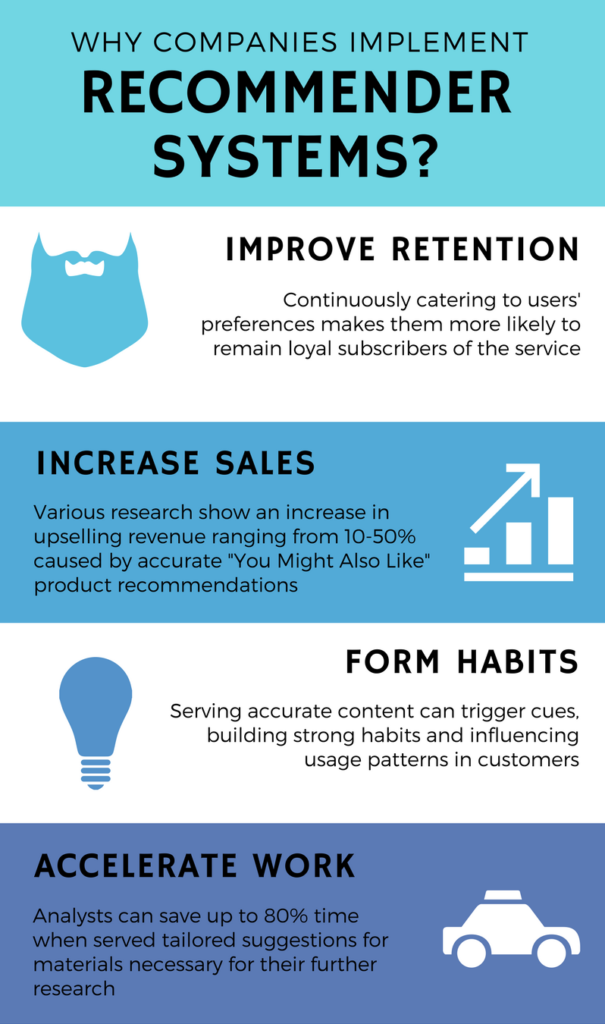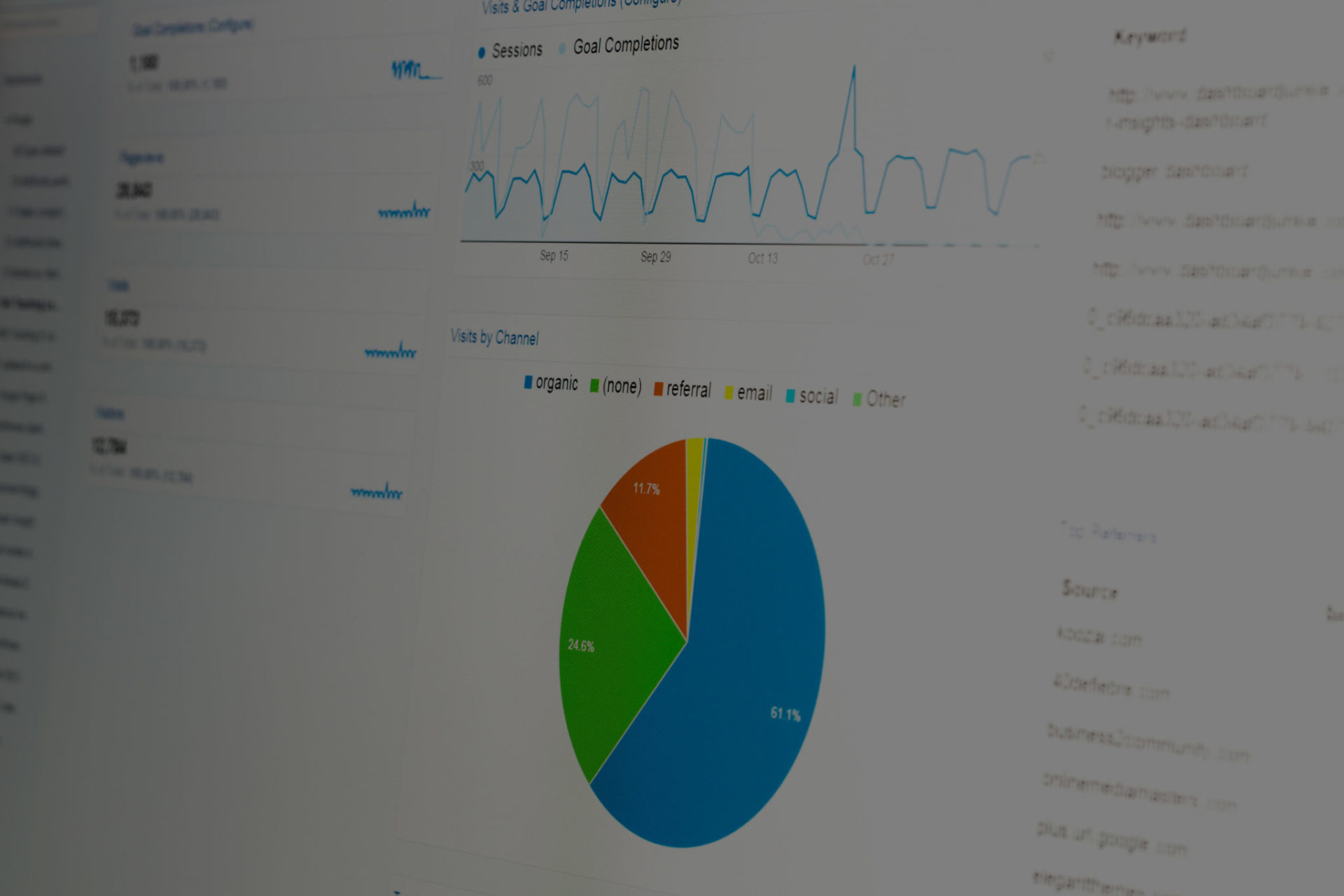Recommendation engine and how it works
Online recommendation engines are like the personal shoppers you’ve never had. It’s like going to a store to get 1 item but leaving with a car full of items. Why?
You only had that one thing in mind that you need, but on your way to the checkout, you spot with your eye other items that you may not need but triggers your interest. As a result, you stop, browse, and shop even more.
This shopping behaviour is replicated for online consumers, and can translate to huge revenue potential simply with the act of personalisation. A big part of sales is to understand what a consumer wants before selling it to them, and sometimes this is difficult to do so via virtual platforms.
Here’s where recommendation engines come in.
E-commerce giants like Amazon or Taobao uses recommendation modelling to suggest products that will no doubt tickle your fancy based on your previous online behaviour, the products you choose, or even products that other people like you have shown interest in.

Using a mix of machine and deep learning, recommendation engines today are smart, targeted and personalised. This is not only becoming, but has for many multi-conglomerates already become a substantial source of revenue by understanding perfectly their shoppers and their shopping patterns.
Though recommendation engines are not only limited to e-commerce, they are most commonly seen on such platforms. Amazon in 2013 reported that 35% of their sales come via purchases from their recommendations. Let’s see how they work.
Recommendation engines are essentially data filtering tools that make use of algorithms and big data to recommend items relevant to a certain user. There are 3 main data filtering techniques:
- Content based
- Collaborative/User based
- Hybrid of the above
Content-based filtering

Content based filtering is based on the actual user’s previous browsing history and/ or purchase behaviour. Data is collected on that user, broken down for machine learning, afterwhich a user profile will be built based on what the machine has learnt. This subsequently powers a recommendation tool personalised to that user’s profile.
Note that data can be in the form of keywords or images, which uses a different type of machine learning. In order for machines to make sense of such data, it needs to be in vectors (numbers). Language modelling technique such as word embedding and image modelling technique such as convolutional neural networks (ConvNets) are used to convert meaning from the data into vector form.
The vectors in turn are used to match other vectors of similar value and this results in the products recommended.
Collaborative filtering

This technique is based on collecting and analysing similar consumers’ behaviours and/or preferences and then providing recommendations based on what these similar behaviour consumers have liked or purchased. It is based on the logic that users who like the same products as another user will also like the other products that that user liked.
A key advantage of this approach is that it does not require an “understanding” of a user profile. It is simply based on the assumption that people who agreed in the past will agree in the future.
Hybrid Recommendation system

The hybrid approach is taken by combining the above two approaches. This is done by adding content-based capabilities to a collaborative-based approach and vice versa; or by combining the approaches into one model. Netflix, for example makes use of hybrid recommender systems by making recommendations based on the habits of similar users as well as looking for similar characteristics as those the user has previously watched or highly rated.
What does it take to apply the recommendation tool?
The prerequisite to implement such recommendation engines can be complicated due to the large amounts of data that needs to be consolidated to personally understand each consumer. Data mapping may not be accurate, and the accuracy of the recommendation engine also depends on the availability of transaction and browsing data.
Most companies that offer recommendation engine tools are online, and there is always a danger of data leakage when companies store all their data on an online engine.
Besides, another barrier for companies looking to apply the recommendation engine is the hassle of data consolidation and mapping as it is essential for a comprehensive recommendation model to be built.
Nonetheless, the benefits from having such a tool supersede the barriers to building one.

We are here to help. Our comprehensive service includes the gathering and consolidation of your existing data as well as developing a personalised recommendation engine for your business. For a one stop service to provide a more personalised shopping experience for your consumers (as well as directly increase sales), contact us to see how we can help.
Boost Loyalty Rewards Program with Personalized White Label App
To learn more about boosting your loyalty rewards program with a personalized white label app, visit our page and experience the full-featured loyalty app with personalized offers and multiple owned channels approach!
Follow us on Social Media!
